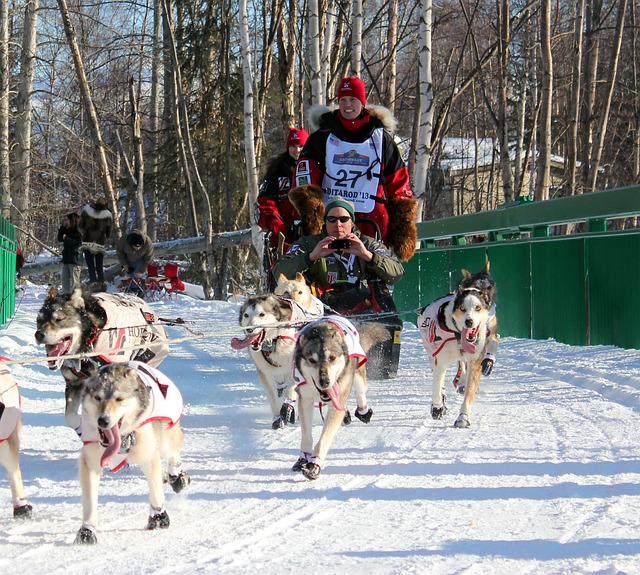Overview
The Iditarod National Historic Trail represents the longest and most traveled gold rush trail network in Alaska. It is Alaska’s only National Historic Trail and is administered by the Bureau of Land Management (BLM) as one large entity, even though it crosses a variety of private, federal, state, and Native American Alaskan lands. The trail stretches over 2,300 miles, connecting numerous Alaskan communities, wilderness areas, and historic sites.
History
Segments of the Iditarod Trail have been vital trade routes for Alaska’s native peoples for centuries, enabling the exchange of goods such as furs, fish, and tools. During the 1800s, Russian fur traders utilized portions of these routes to build their extensive fur trading network. The trail’s significance grew dramatically after gold strikes near Nome, Flat, Ophir, and other settlements in the late 19th and early 20th centuries. These gold discoveries led to the integration of various trail segments into a cohesive route for prospectors, mail carriers, and supply runners.
The Iditarod Sled Dog Race
The Iditarod Trail gained global recognition with the establishment of the Iditarod Trail Sled Dog Race in 1973. This annual event commemorates the trail’s historical importance while testing the endurance of mushers and their dog teams. The race begins in Anchorage and ends in Nome, covering nearly 1,000 miles of challenging Alaskan wilderness.
Race Routes
The race alternates between two primary routes: the northern route and the southern route. The northern route, used in even-numbered years, passes through ghost towns like Ophir, while the southern route, used in odd-numbered years, traverses areas such as Iditarod and Shageluk. Both routes merge in Kaltag and continue through the final stretch to Nome.
Conditions and Challenges
The race takes place in March, exposing participants to subzero temperatures, blizzards, and long stretches of isolation. Terrain varies from frozen rivers and dense forests to open tundra and mountain passes. Mushers must navigate using checkpoints strategically placed along the route, where they can rest and care for their dogs.
Best Race Times
The current record time for the Iditarod Trail Sled Dog Race was set in 2017 by Mitch Seavey, who completed the race in 8 days, 3 hours, 40 minutes, and 13 seconds. This achievement highlights advancements in sled technology, dog training, and race strategy.
The Dogs of the Iditarod
The race primarily uses Alaskan Huskies, a breed known for its stamina, speed, and ability to thrive in extreme cold. Teams typically consist of 12 to 16 dogs, each playing a vital role, from lead dogs responsible for guiding the team to wheel dogs positioned nearest to the sled for added control. These dogs undergo rigorous training and conditioning to prepare for the demanding race.
The Trail Network
The Iditarod National Historic Trail includes multiple segments and routes extending far beyond the race’s official path. These trails offer opportunities for year-round recreation, including hiking, snowmobiling, and cross-country skiing. Popular segments include the Seward to Nome Mail Trail and the Iditarod to Flat section, both steeped in history and natural beauty.
